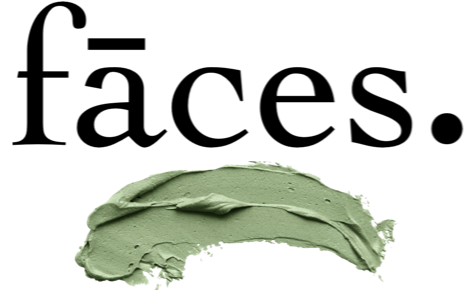S.O.S. Save our Scars
Similar to the lingering emotions you experience after an intense Housewives episode, acne scars/ facial scars are basically the long-lasting aftereffects of your short-lived breakouts. An unexpected pimple (or five) is annoying enough, but the acne scars and dark marks it leaves behind are often worse. While there isn't a magic wand that can get rid of them overnight, I’m sharing how to handle marks and bumps, from prevention to treatment. Scars are formed when there is damage to the skin which leads to abnormal collagen production, and usually appear raised or bumpy. Some scars are thick, raised hypertrophic scars that stick out above the skin, then there are atrophic scars that appear as depressions in the skin — they're the most challenging to treat. The three main categories of atrophic scars are:
•Ice pick scars: Deeper than they are wide, with jagged edges. Sometimes they resemble a large, scooped out pore.
•Boxcar scars: Broad, rectangular depressions with steep, defined edges.
•Rolling scars: Broad depressions that have rounded, sloping edges, hence the name.
The discoloration from dark marks will usually fade over time— they tend to take between 3-6 months to go away on their own. But, there are a number of treatment options to help speed up the process; chemical peels, sunscreens, vitamin C & retinoids will all help fade discolouration. Microneedling is the MVP though- it’s effect on atrophic acne scars is visibly noticeable after just one treatment. The logic behind it makes sense: Gliding tiny needles over the skin breaks down collagen bundles in the top layer of the dermis, which are responsible for those uneven scars. It also stimulates the repair process by immediately boosting the production of more collagen. A series of 6 treatment is great for the reduction of most depressed scars and of course hyperpigmented scars.
